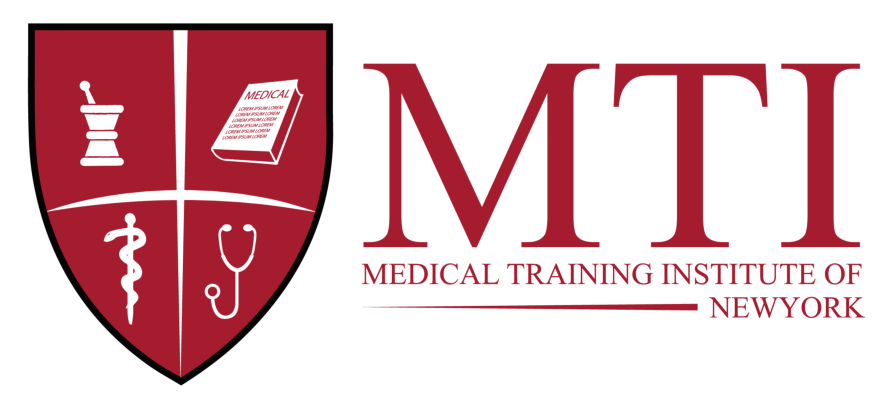The 2024 average hourly pay rate for AST members by state is a topic that resonates strongly with anyone in or considering a career in surgical technology. This new data offers valuable insight into the earning potential of surgical technologists across the United States and underscores the importance of understanding both geographic and industry trends when making career decisions. While wages can vary depending on factors like experience, certifications, and the type of healthcare facility, this map gives us a snapshot of where surgical technologists are seeing higher compensation—and where there may be room for growth.
Looking at the data, it’s immediately clear that location matters. States on the West Coast, such as California, Oregon, and Washington, consistently report some of the highest average hourly wages for surgical technologists. This is partly due to higher costs of living, but also because of strong demand for skilled healthcare professionals in these regions. California, for example, is known for its large healthcare networks and numerous teaching hospitals, which require highly trained surgical teams. On the flip side, states in parts of the South and Midwest show slightly lower hourly rates, but these can still offer competitive salaries when adjusted for the cost of living. It’s a reminder that salary numbers on their own don’t always tell the full story—living expenses, state taxes, and local job markets also play a huge role in how far your paycheck goes.
The role of a surgical technologist is critical in the operating room. From preparing instruments and sterilizing equipment to assisting surgeons during procedures, surgical technologists ensure surgeries are carried out efficiently and safely. This high-stakes, detail-oriented job requires a unique skill set—technical precision, the ability to work under pressure, and strong communication skills. With such responsibilities, it’s encouraging to see that many states are offering competitive pay for this profession, reflecting its value in the healthcare system. However, the variation in pay across the map suggests there are still areas where advocacy and awareness could help bring wages in line with the national average.
Another important aspect of the pay rate discussion is certification. Members of the Association of Surgical Technologists (AST) who hold the Certified Surgical Technologist (CST) credential often have an advantage when it comes to securing higher pay. Employers see certification as proof of standardized knowledge and competence, and many are willing to pay more for professionals who have demonstrated this level of commitment to their craft. For students and early-career surgical technologists, pursuing certification can be a strategic move not just for job security, but also for long-term earning potential.
Educational institutions, such as the Medical Training Institute (MTI) of New York, play a crucial role in preparing the next generation of surgical technologists to succeed in this competitive and rewarding field. MTI of New York offers hands-on training, exposure to real-world surgical environments, and preparation for national certification exams. By providing both the technical skills and professional development needed for the role, MTI helps its graduates enter the workforce ready to meet employer expectations and, in many cases, command higher starting salaries. The combination of classroom instruction, laboratory practice, and clinical externships ensures that students gain the confidence and competence to step into surgical settings and contribute immediately.
When looking at the pay rate differences across states, another factor to consider is the type of healthcare facility. Surgical technologists working in large urban hospitals or specialty surgical centers often earn more than those in smaller, rural clinics. This can be due to differences in patient volume, case complexity, and available resources. Large hospitals may also have more structured pay scales, union representation, or budget allocations that allow for higher wages. On the other hand, smaller facilities can sometimes offer other benefits such as more flexible schedules, shorter commutes, or closer-knit work environments.
The career outlook for surgical technologists remains strong nationwide. The U.S. Bureau of Labor Statistics projects steady job growth for this profession over the next decade, driven by an aging population, advances in surgical technology, and a growing emphasis on outpatient surgical centers. This means that no matter where you live, the demand for skilled surgical technologists is expected to remain high, and wages will likely continue to grow in many areas. For individuals considering relocation for career advancement, maps like the one from AST are invaluable for identifying states where both demand and pay rates align with professional goals.
It’s also worth noting that while hourly pay is an important metric, total compensation can include a range of other benefits that impact job satisfaction and financial well-being. Health insurance, retirement plans, continuing education support, overtime opportunities, and shift differentials for evening or weekend work can all add up significantly. Some states with lower average hourly rates may still offer strong overall compensation packages that make the positions competitive. Additionally, opportunities for overtime or on-call pay can substantially increase a surgical technologist’s annual earnings.
For students currently training at places like MTI of New York, understanding the national pay landscape is empowering. It allows them to plan strategically—whether that means pursuing opportunities in states with higher pay, seeking certifications to boost earning potential, or leveraging experience in high-demand facilities to negotiate better wages. By combining strong training with informed career planning, graduates can position themselves for both financial stability and professional fulfillment.
The data also highlights the importance of advocacy within the profession. Professional organizations like AST not only provide certification and continuing education but also work to elevate the role of surgical technologists in the broader healthcare conversation. By supporting initiatives that promote standardized training, certification requirements, and fair compensation, surgical technologists can help ensure their profession continues to grow in recognition and reward.
Ultimately, the 2024 average hourly pay rate map is more than just numbers on a chart—it’s a reflection of how the healthcare industry values the essential role of surgical technologists. It shows where progress has been made and where there is still room to grow. It serves as a resource for students, job seekers, and working professionals alike to make informed decisions about their careers. Whether you are just starting your journey at MTI of New York, considering a move to another state, or seeking ways to increase your current pay, understanding the landscape of wages in surgical technology is a vital step.
In a field where precision, teamwork, and patient safety are paramount, surgical technologists deserve recognition not only through professional respect but also through fair and competitive wages. The 2024 AST data gives us a clearer picture of where that recognition is strongest and where it may need reinforcement. With continued advocacy, high-quality education, and a commitment to excellence, the profession will continue to thrive—and those entering the field now are stepping into a career with both purpose and promise.



